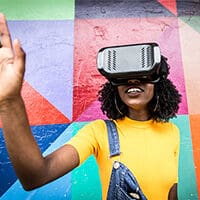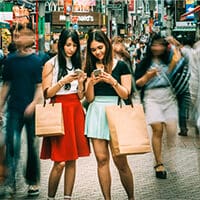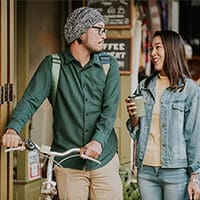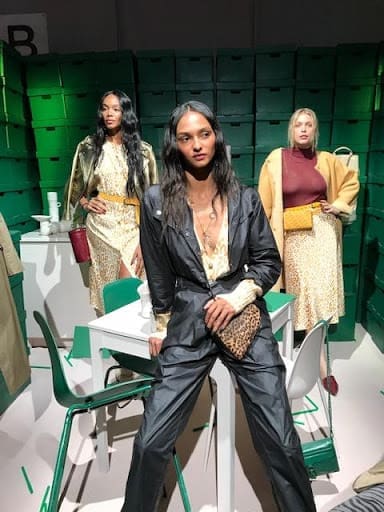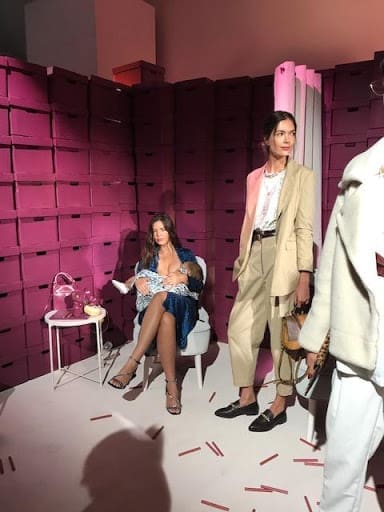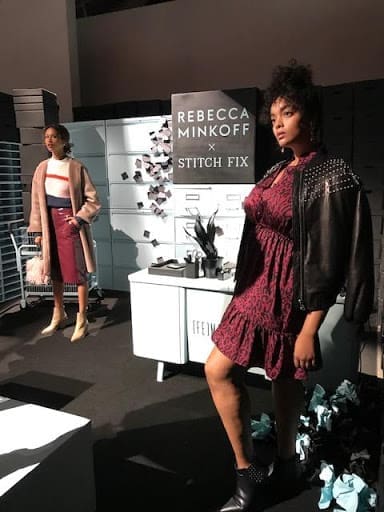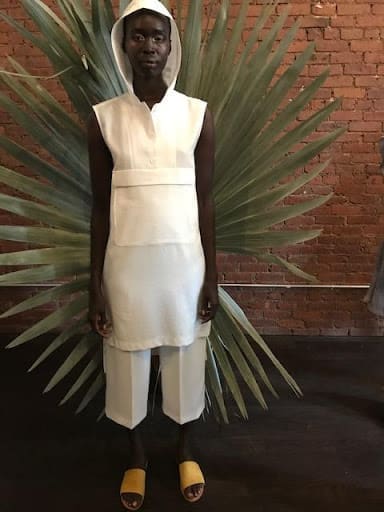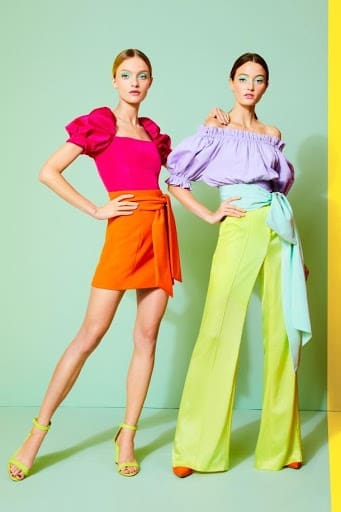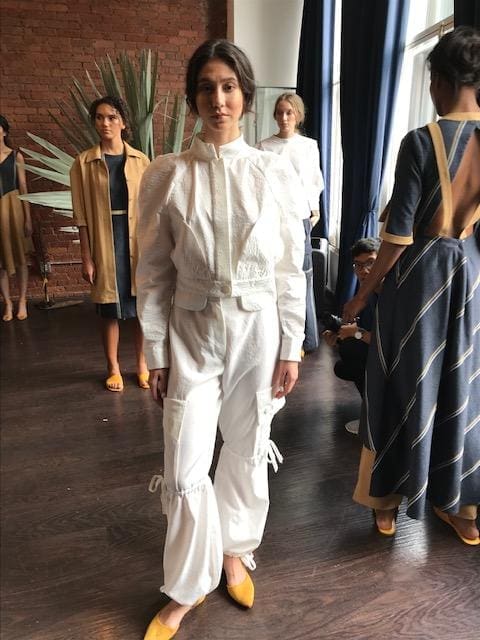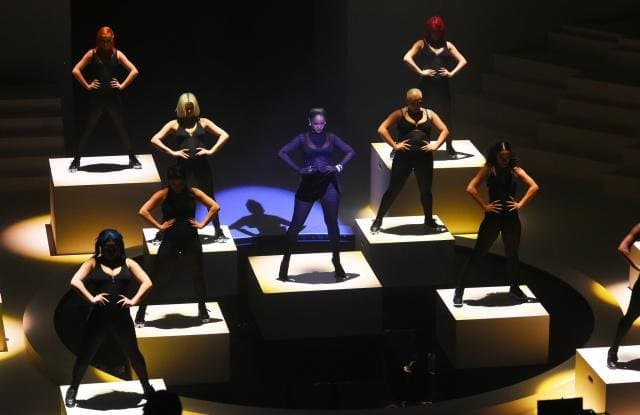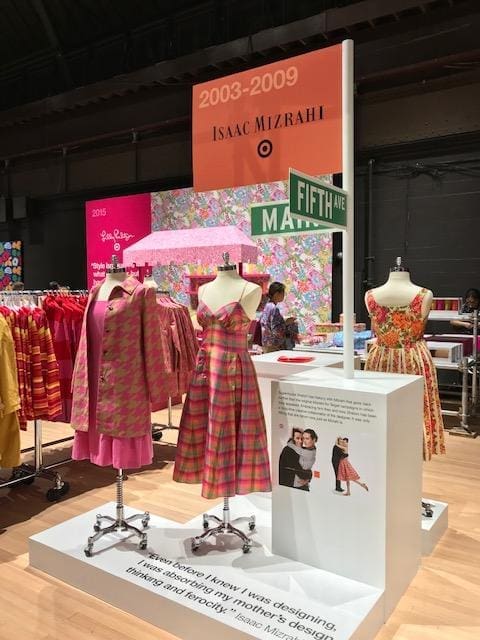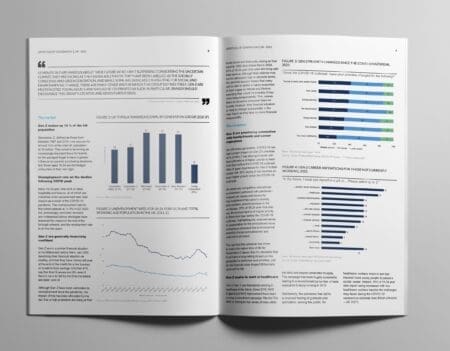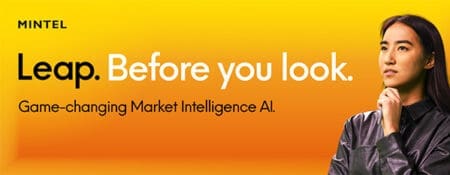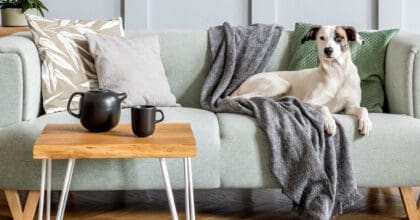New York Fashion Week stood out for a few reasons. The show operated on a shorter schedule to lure back more industry attendees, but without skimping on events. Second, many fashion week participants took a different approach, opting for a more interactive, and at times – a consumer-facing experience. Others who didn’t present any fashion week collections still used the week as a way to lure shoppers to their stores.
The approaches taken by designers and retailers exemplifies that the physical, in-store experience is still alive and very relevant. Many designs are already available for purchase, something consumers have increasingly appreciated and expected, which is why it’s crucial to understand the season’s key trends. Mintel covered NYFW first hand and has recapped all you need to know below.
Here’s a breakdown of the key takeaways and must-know trends for the season:
Designer Spotlight: Rebecca Minkoff
Rebecca Minkoff took a departure from the typical runway show and opted for a real-life presentation, showcasing her latest collection, designed for “the modern working women.” The presentation featured models staged in multiple vignettes, many of which resembled an office environment, while female-empowerment anthems like “9 to 5” played overhead. The collection embodied the bold beauty of women Minkoff often references. Head-to-toe looks in bright colors and matching accessories, strong silhouettes and plenty of animal prints and textures make for practical but stylish clothes that encourage women to demand attention and respect, giving them the confidence they need in the office and elsewhere.
Aesthetically, Minkoff’s collection hit on hues and styles that are sure to be on consumers’ shopping lists: snakeskin accessories, palettes of pretty neutrals like green and mustard, along with suiting separates in bright pinks and blues. But Minkoff’s presentation also stood for something more: liberation and inclusion. Minkoff strove to represent women in all their forms, led by a breastfeeding model and a size-inclusive approach featured by the models and Minkoff’s latest partnership with Stitch Fix.
Why is it important?
According to Mintel trend ‘Buydeology,’ consumers want to connect with brands, seeking to align their purchases with brands that promise inclusivity. Minkoff’s see-now, buy-now strategy means consumer awareness can quickly translate into a positive sales impact. This trend is sure to be on the radar for this season with many of the looks already available to consumers.
Trend Spotlight: Earth tones and powerful prints
The NYFW shows spotlighted versatile, transitional styles in colors and patterns that make a statement. If there’s one thing to emphasize about Minkoff’s designs, it’s that they’re meant for the modern, working woman. In other words, styles that are adaptable and wearable, allowing women to stylishly transition throughout all aspects of their lives.
This style was echoed in other collections such as Alice and Olivia, Hanh Merriman, Self Portrait and Tory Burch, who’s “practical chic” collection was inspired by the late Diana Spencer. Functional pieces dominated collections, with many in neutral tones interspersed with pops of bright colors such as pink and coral. Neutral and functional sound bland, but many of the looks featured bold, earthy prints such as snakeskin, leopard and ikat, as well as one-piece utilitarian styles and suiting separates with features such as hood and pockets.
Why is it important?
According to Mintel research on women’s clothing, such styles will resonate with most women who seek versatile, functional and fashionable clothing. However, that’s not to say there’s no place for fun. Statement-making pieces still have their place with pops of color, textures like leather and lace, and special details such as layers and statement sleeves. Such styles are important for encouraging incremental, “just-because” purchases or splurges among women who don’t always need a specific reason to buy.
Format Recap: Interactive Fashion
Rebecca Minkoff isn’t the only designer to take a different approach to Fashion Week. Many departed from runways in favor of interactive formats, such as in-person presentations or performance-driven showcases. Designer Hanh Merriman opted for the former, presenting her collection in a small, intimate setting. The Desert Oasis collection, inspired by her family’s travels to the deserts of Arizona, Utah and California, allowed attendees to walk amongst the models to view the clothes up close. Photos from the vacation that inspired Merriman played on a slideshow in the background, while the designer stood nearby, making for a personal and interactive experience.
Others like Ralph Lauren and Tommy Hilfiger hosted buzz-worthy events, with Lauren’s collection including a performance by Janelle Monae and Hilfiger’s collection, designed in partnership with Zendaya, held at the Apollo Theater. The latter was also live-streamed, reflecting a bigger trend of making Fashion Week events not only interactive, but inclusive and available to all, including consumers outside of New York.
Rihanna’s Savage x Fenty show, a well-hyped extravaganza, allowed attendees to truly absorb the experience by restricting phones, but there were other motivations as well. The show will be available to stream on Amazon Prime Video on September 20th, exemplifying how many brands are working to include the mainstream customer in fashion week events.
Why is it important?
Interactive fashion emphasizes the consumer demand for experiences. Retailers like Shopbop and Target celebrated their anniversaries with unique pop-up shops hosted in NYC in order to capitalize on the increased visitors in town for Fashion Week events. Shopbop is experimenting with brick-and-mortar and making the most of its limited run in Soho. The e-commerce site hosted events with brands such as Levi’s and various fashion and lifestyle influencers, elevating the store experience with personalization stations, DJs and an in-store florist, in order to drive customers to the store.
Target used its one-day-only event to allow consumers to shop its anniversary designer collections in advance and provided plenty of Instagram-worthy photo opportunities for visitors, essentially relying on the customers to spread the word. Both events featured long lines and high attendance, indicating if you give consumers a reason to visit stores, they will come ready to shop.

